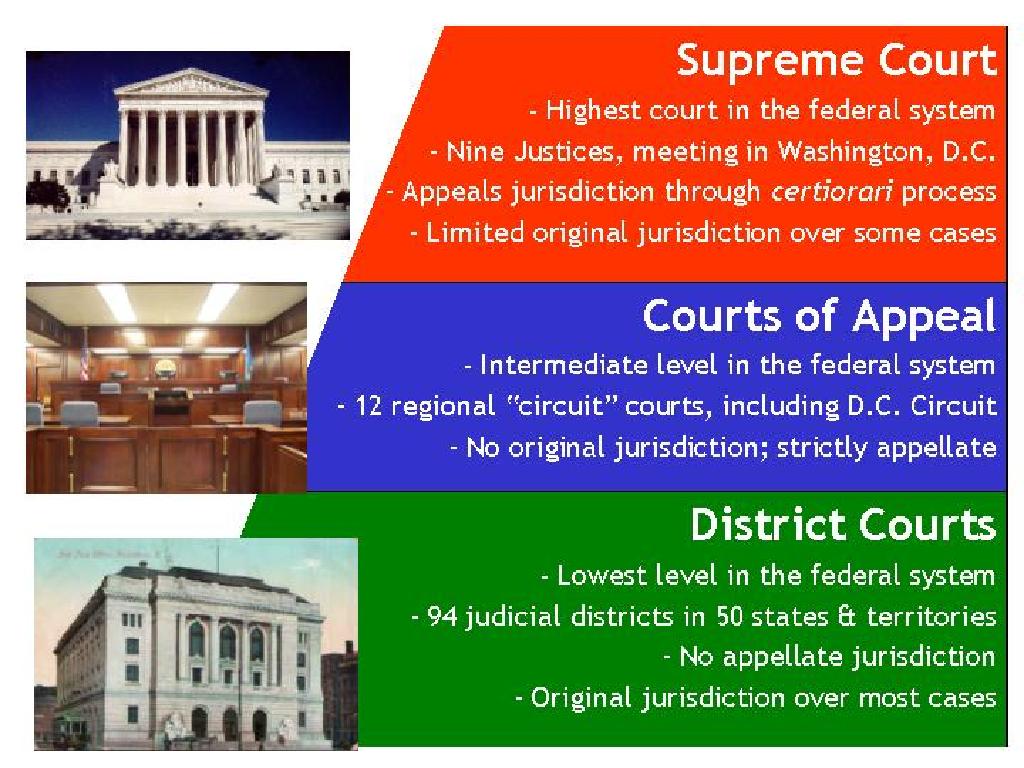Constant Rate Of Change
Subject: Math
Grade: Seventh grade
Topic: Slope
Please LOG IN to download the presentation. Access is available to registered users only.
View More Content
Understanding Slope and Rate of Change
– Slope in daily life
– Slope is seen in ramps, stairs, and roads
– Define constant rate of change
– A steady change rate between two quantities
– Slope as rate of change
– Slope measures steepness or incline
– Graphing slope on a coordinate plane
– Plotting points and finding the rise over run
|
This slide introduces the concept of slope and its practical applications in everyday life, such as the incline of ramps and stairs. Explain that a constant rate of change is when two quantities change at a steady rate, which is visually represented by a straight line on a graph. Emphasize that slope is a measure of this rate of change, often described as the steepness or incline of a line. Demonstrate how to graph slope on a coordinate plane by plotting points and calculating the ‘rise over run.’ Encourage students to think of real-world examples where they encounter slopes and to visualize them as linear graphs. Provide practice problems where students can calculate the slope from given points or a graph.
Understanding Slope in Mathematics
– Slope represents line steepness
– Slope formula: m = Rise/Run
– ‘m’ stands for slope, ‘Rise’ is the vertical change, ‘Run’ is the horizontal change
– Real-life slope examples
– Ramps show gentle slope, roofs have steep slope, hills vary in slope
– Calculating slope practice
– Use graph points to find slope: (x1, y1) & (x2, y2), then (y2-y1)/(x2-x1)
|
The concept of slope is fundamental in understanding the behavior of lines on a graph. Slope is a measure of the steepness or incline of a line and is usually represented by the letter ‘m’. The formula for slope is the vertical change (rise) over the horizontal change (run) between two points on a line. To give students a better grasp, provide real-life examples such as ramps, which have a gentle slope for accessibility, and roofs, which have a steeper slope for water runoff. Hills can also illustrate varying slopes. Encourage students to practice calculating slope using coordinates from a graph to solidify their understanding. This will prepare them for more complex algebraic concepts and help them visualize mathematical relationships in everyday life.
Graphing a Line: Understanding Slope
– Plotting points on a graph
– Use the x and y coordinates to place a point on the grid.
– Drawing a line through points
– Connect the dots in the order they appear.
– Identifying slope from a graph
– Slope measures steepness; count rise over run between points.
– Slope as rate of change
– Slope shows how much y changes for each unit increase in x.
|
This slide introduces students to the concept of graphing linear equations and understanding the slope as a constant rate of change. Start by explaining how to plot points using their x (horizontal) and y (vertical) coordinates. Once points are plotted, demonstrate how to draw a straight line connecting them, emphasizing the importance of accuracy. Then, move on to identifying the slope, which is the ratio of the vertical change (rise) to the horizontal change (run) between two points on the line. Explain that the slope is a measure of how steep the line is and reflects the rate at which y changes in relation to x. Provide examples with different slopes to illustrate positive, negative, zero, and undefined slopes. Encourage students to practice by plotting points and drawing lines on graph paper, then finding the slopes of those lines.
Understanding Constant Rate of Change
– Constant change: same amount
– For example, adding 2 each step: 2, 4, 6, 8…
– Slope equals rate of change
– A straight line on a graph shows a constant slope
– Speed as a real-world example
– A car traveling at 60 mph is changing its position by 60 miles each hour
– Graphing constant rate of change
– On a graph, this is a straight line with a uniform incline
|
This slide introduces the concept of constant rate of change, which is foundational for understanding slope in algebra. Emphasize that a constant rate of change means adding or subtracting the same amount every time. Relate this to slope by explaining that a constant slope is the graphical representation of this concept. Use the example of a car’s speed to illustrate a real-world application: if a car is moving at a constant speed, it covers the same distance in each hour. Show how this translates to a straight line on a graph, which students can easily recognize as a constant rate of change. Encourage students to think of other examples where they encounter constant rates of change in their daily lives.
Calculating Slope from a Table
– Identify change in y (rise)
– The ‘rise’ is the vertical change between two points
– Identify change in x (run)
– The ‘run’ is the horizontal change between two points
– Calculate slope (m) = rise/run
– Slope (m) shows the steepness of a line; use the formula m = (y2 – y1) / (x2 – x1)
|
When teaching students to calculate the slope from a table, start by explaining the concepts of ‘rise’ and ‘run.’ The rise refers to the change in the y-values of two points on a graph, while the run refers to the change in the x-values. To find the slope, also known as the rate of change, divide the rise by the run. Use the formula m = (y2 – y1) / (x2 – x1), where y2 and y1 are the y-values of two points on the line, and x2 and x1 are the corresponding x-values. Provide students with a table of values and guide them through the process of calculating the slope step by step. Encourage them to practice with different tables to become comfortable with the concept.
Slope as a Rate of Change
– Positive vs. negative slopes
– Positive slope rises, negative slope falls
– Zero and undefined slopes
– Zero slope is flat, undefined is vertical
– Interpreting rate of change
– Rate of change shows how one quantity changes in relation to another
– Contextual examples
– E.g., speed of a car or growth of a plant over time
|
This slide introduces the concept of slope as it relates to the rate of change. Positive slopes indicate an increase, while negative slopes indicate a decrease. Zero slope represents a constant value, and an undefined slope occurs with vertical lines, indicating an infinite rate of change. Understanding these concepts is crucial for interpreting graphs and understanding relationships between variables in various contexts, such as physics for speed or biology for growth rates. Encourage students to think of real-life scenarios where these concepts apply and to practice plotting points and determining slope from graphs.
Practicing Constant Rate of Change
– Walk through examples as a class
– Observe how to calculate slope step by step
– Discuss problem-solving strategies
– Understand the process and ask questions
– Partner practice on slope calculation
– Work with a classmate to solve slope problems
– Review and clarify doubts
|
This slide is aimed at reinforcing the concept of constant rate of change through collaborative and interactive learning. Begin by solving several examples of calculating slope on the board, ensuring to involve students in the process. Discuss various strategies to approach slope problems, such as identifying two points and using the slope formula (rise over run). Then, have students pair up to practice calculating slope, providing them with a mix of problems to solve. This activity encourages peer learning and allows students to communicate mathematical ideas effectively. As they work, circulate the room to offer guidance and address any misconceptions. Conclude the activity with a review session where students can share their solutions and clarify any lingering doubts.
Class Activity: Slope Scavenger Hunt
– Find slopes around the school
– Calculate real-world slopes
– Use the rise over run formula for stairs and ramps
– Present your findings
– Understand slope application
– See how slope is used in everyday structures
|
This interactive activity is designed to help students apply their knowledge of slope in a practical setting. Students will work in small groups to identify various slopes around the school, such as staircases and wheelchair ramps. They will use the ‘rise over run’ formula to calculate the slope of these real-world examples. After the scavenger hunt, each group will present their findings to the class, explaining how they calculated the slopes and what they learned about the concept of slope in everyday life. For the teacher: Prepare a worksheet with instructions and a simple diagram explaining ‘rise over run.’ Consider safety and ensure students are supervised during the activity. Have a list of possible slopes around the school that students can measure. This will ensure that the activity is structured and that students have a clear understanding of what to look for.






